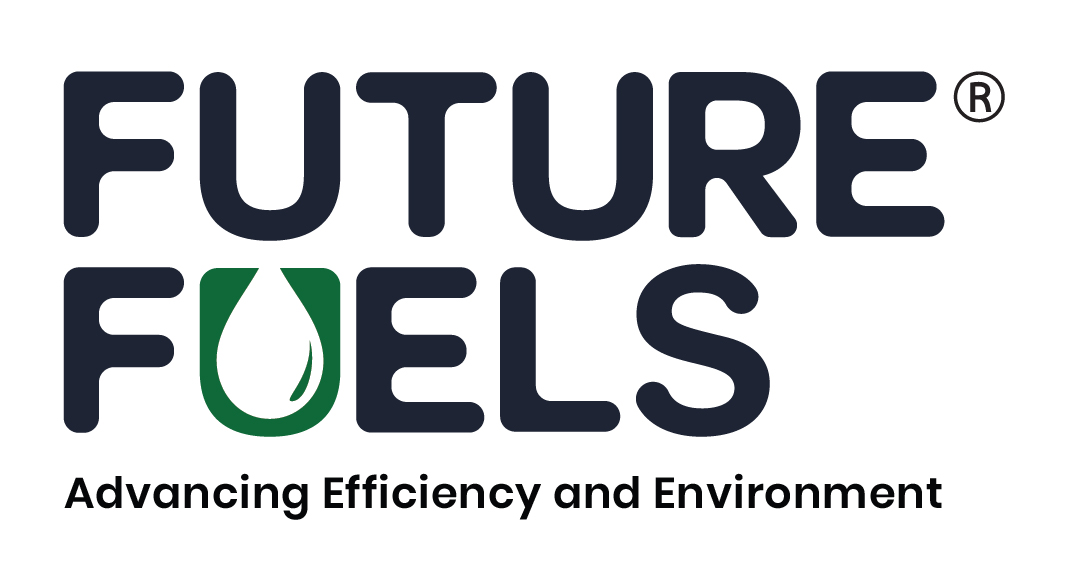In an effort to reduce black smoke emission, the West Bengal Pollution Control Board (WBPCB) has launched a trial run for decarbonisation of old vehicles. The initiative began on Wednesday with the decarbonisation of two police vehicles. Following the decarbonisation process, the vehicles will undergo emission tests under real driving conditions using remote sensing emission testing devices. If proven effective, government vehicles that have covered more than 25,000 km will also undergo the process.
In an effort to reduce black smoke emission, the West Bengal Pollution Control Board (WBPCB) has launched a trial run for decarbonisation of old vehicles. The initiative began on Wednesday with the decarbonisation of two police vehicles. Following the decarbonisation process, the vehicles will undergo emission tests under real driving conditions using remote sensing emission testing devices. If proven effective, government vehicles that have covered more than 25,000 km will also undergo the process.
Engine decarbonisation is a mechanical or chemical process that involves removing carbon deposits from various components of the engine. It ensures smooth and optimal functioning of the engine.
“The engine decarbonising machine electrolyzes water into HHO gas. Zerocarb gas is then introduced into the engine combustion chamber, where it burns with oil and carbon. After a 20-minute burning reaction, the carbon deposits are burned and expelled through the exhaust pipe,” explained WBPCB chairman Kalyan Rudra.
Bengal has a significant number of older vehicles that fail to undergo regular emission checkups within the stipulated time frame, making them difficult to trace in real time. Irregularities in emission checkups also contribute to untraceable polluting vehicles. This, in turn, contributes to air pollution, global warming and climate change.
Hydrogen can remove approximately 60 nanometers of carbon and oxidized substances from the surface of iron-nickel alloy chips without causing damage, said Tunna Mukherjee, a decarbonisation expert.
Gobindo De, former PVD director (technical) and current advisor to WBPCB, said: “I have asked PCB officials to subject these two vehicles to emission tests using remote sensing devices to measure their emission levels in real driving conditions. The results will determine their efficacy.”
Tags: carbon emissions, Decarbonisation, Vehicle pollution, West Bengal Pollution Control Board



Recent Posts
Stena Line’s Hybrid Ferry Stena Futura Completes Sea Trials, Set to Boost Irish Sea Freight Capacity
Taiwanese owner makes methanol move with WinGD across multiple engine orders
Econowind installs four VentoFoils on tanker M/T JUTLANDIA SWAN
Global Maritime Groups Unite to Launch Alliance for Electrification of Shipping Sector
India Charts Green Future for Maritime Sector with Hydrogen Hubs and Sustainable Port Strategy
ZeroNorth’s SMARTShip platform integrates with ClassNK MRV portal to automate emissions reporting
Towngas Partners with TLB, Pacific Basin to Advance Green Marine Fuel Infrastructure in Hong Kong
SECI Extends Bid Deadline for Green Ammonia Tender Under SIGHT Scheme